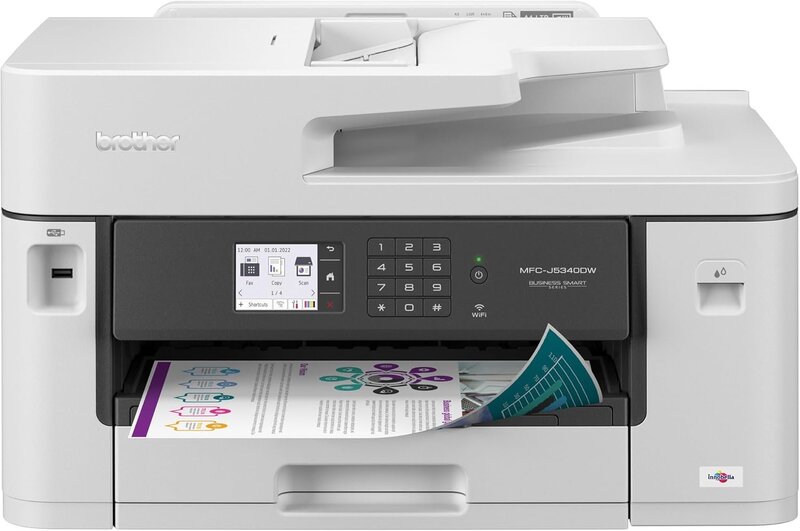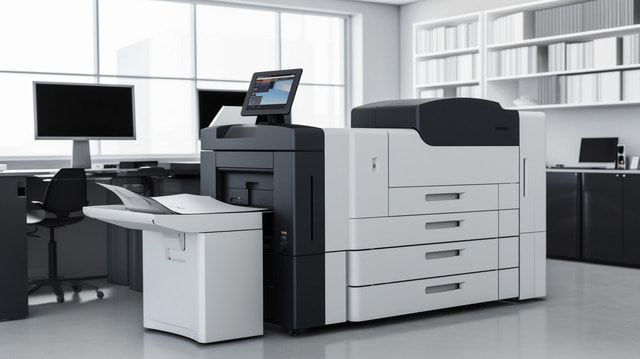A printer is a device that produces a physical copy (printout) of digital documents, photos, or graphics from a computer or mobile device.
🔹 Common Types of Printers:
🔹 Common Types of Printers:
- Inkjet Printers – Good for photos and color printing.
- Laser Printers – Fast and efficient for high-volume text.
- Thermal Printers – Often used for receipts or labels.
- Dot Matrix Printers – Used in industrial environments.
|
⚙️ Basic Printer Setup (No Brand Name / Generic Printer)If your printer has no brand or is a generic model, here’s a step-by-step guide: 🧾 Check What's Included
Option A: USB
|
💻 Install Drivers and SoftwareImportant: If your printer is unbranded, finding drivers may be tricky.
Option A: Automatic Installation (Windows/Mac)
|
🔍 Tips for Identifying an Unbranded Printer
- Look for a model number or serial number on the back or bottom.
- Open the printer—check internal circuit boards for chip labels (like "HP", "Canon", "Epson" clones).
- Use a USB device identifier tool (e.g., USBDeview) to detect the USB hardware ID on Windows.
- Search the printer's device ID online—it might point to the original manufacturer.
STEP-BY-STEP: SETTING UP A GENERIC
✅ STEP 1: Unpack and Prepare the Printer
✅ STEP 2: Connect the Printer🔌 Option A: USB Connection
✅ STEP 3: Install Drivers or Software🖥️ On Windows:
✅ STEP 4: Print a Test Page
✅ STEP 1: Unpack and Prepare the Printer
- Remove packaging materials (tape, foam, plastic).
- Install ink/toner cartridges.
- Load paper into the tray.
- Plug in the power cable and turn the printer on.
✅ STEP 2: Connect the Printer🔌 Option A: USB Connection
- Plug the USB cable from printer to your computer.
- Power on the printer.
- Windows/macOS should try to auto-install the printer.
- Use the printer’s buttons or small display (if available).
- Navigate to the Wi-Fi setup or network settings.
- Select your Wi-Fi name (SSID) and enter the password.
✅ STEP 3: Install Drivers or Software🖥️ On Windows:
- Go to: Settings > Devices > Printers & scanners.
- Click Add a printer or scanner.
- Wait for Windows to detect the printer.
- If not found, click “The printer that I want isn’t listed” and try:
- Install as Local printer
- Choose a Generic Text-Only, PCL, or PS driver.
- Install as Local printer
- Go to: System Settings > Printers & Scanners.
- Click Add Printer (+).
- Select the printer from the list.
- Choose Generic PostScript (PS) or AirPrint if no specific driver is found.
✅ STEP 4: Print a Test Page
- On Windows: Go to Control Panel > Devices and Printers > Right-click on your printer > Printer Properties > Print Test Page.
- On macOS: In Printers & Scanners, select the printer > Options & Supplies > Utility > Print Test Page.


